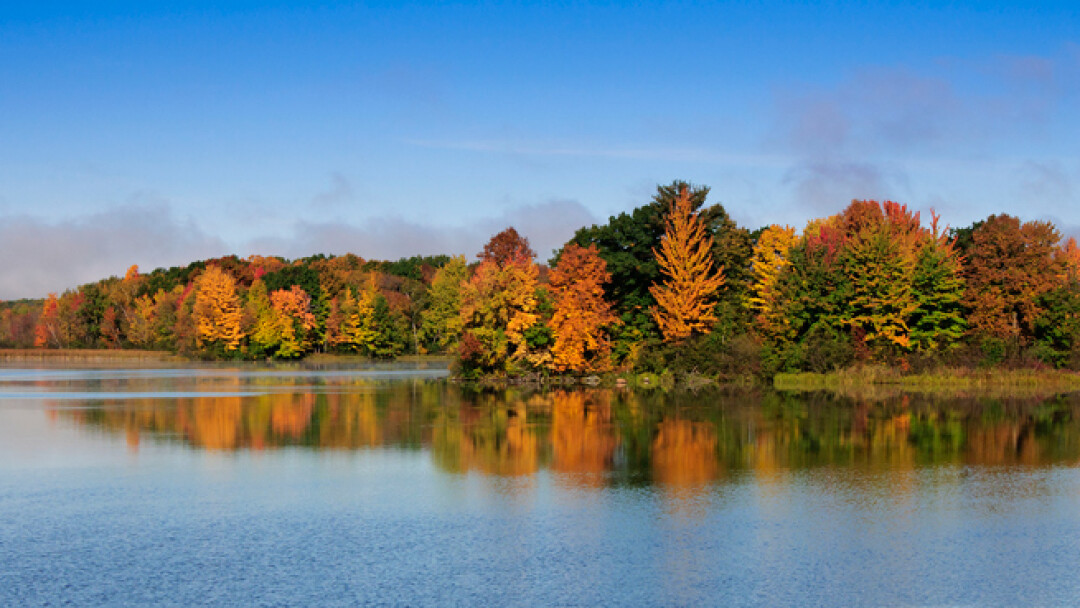5 waterways called the Chippewa River

We all like to feel special and unique (and even one-of-a-kind), and that need to be different often extends to the place we live – and what's in it. If you can identify with this, we've got bad news for you – at least one local waterway isn't all that special.
1. Chippewa River (Wisconsin)
We’ll start with the Chippewa River we’re all familiar with, the one that carved our lovely valley and gave it a name. The Mighty Chip runs for 183 miles – from Sawyer County*, through Chippewa Falls, Eau Claire, and finally Durand – before joining the Mississippi. Now known for providing beautiful recreational opportunities, it once was a “logger’s paradise,” providing a watery highway for the astonishing 46 billion board feet of timber in the territory it drained.
2. Chippewa River (Minnesota)
Our western neighbor also has a waterway bearing the name “Chippewa.” It winds through the farm country of southwestern Minnesota before emptying into the Minnesota River. Before white settlers named it the Chippewa, the Dakota people called it Maya-waka-wapan, which means “remarkable river with steep places,” a description that fits Wisconsin’s Chippewa, too.
3. Chippewa River (Michigan)
This Chippewa River runs for 92 miles through central Michigan. It’s perhaps most notable for the 1,300-acre Chippewa Nature Center on its banks, as well as The Tridge, a three-way footbridge astride the confluence of the Chippewa and Tittabawassee rivers in Midland.
4. Chippewa River (Ontario)
The Canadians have a Chippewa River, too. This one flows into a bay connected to Lake Superior about 25 miles from the city of Sault Ste. Marie, Ontario. It’s even got a picturesque, 25-foot-high falls – called Chippewa Falls, naturally – though there’s no brewery in sight.
5. Chippewa Creek (Ohio)
Yes, it’s technically a creek, but this 8-mile-long waterway is still important. It runs through the suburbs of Cleveland and into Cuyahoga Valley National Park, where it joins the Cuyahoga River. If that name sounds familiar, it should: The Cuyahoga is the river that was so polluted it literally caught on fire in 1969.
* Determining the actual starting point of Wisconsin’s Chippewa River is a bit tricky, and depends on how you define “starting point.” Most sources – including the U.S. Board of Geographic Names, which makes such determinations for the feds – say that the spot is in Sawyer County, where the West Fork Chippewa River and the East Fork Chippewa River converge. However, if you consider the sources of those two smaller rivers, the Mighty Chip starts in both Bayfield County (the West Fork) and Iron County (the East Fork).


















